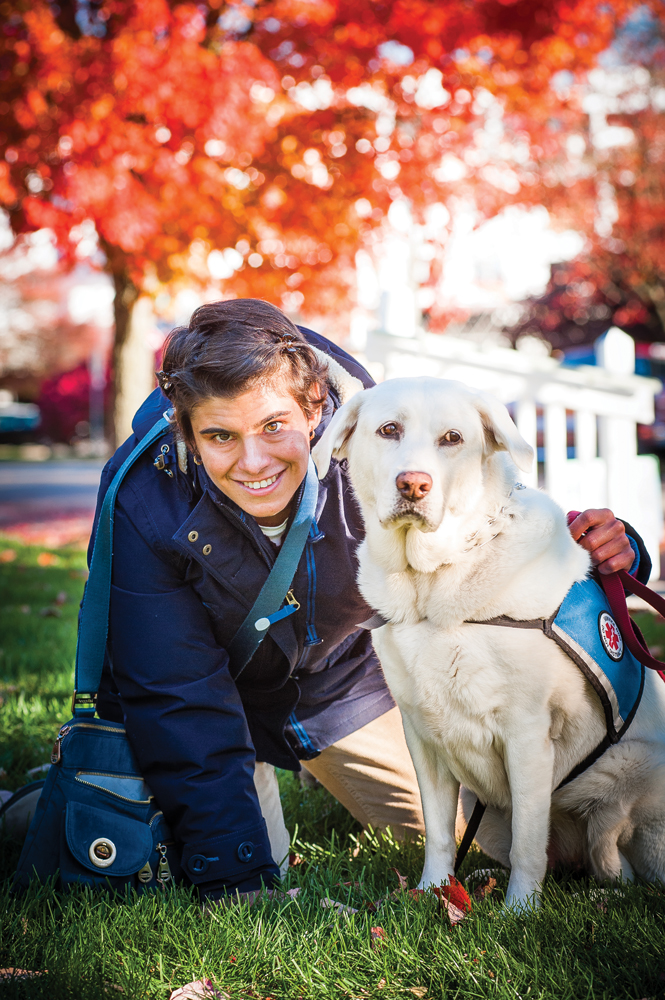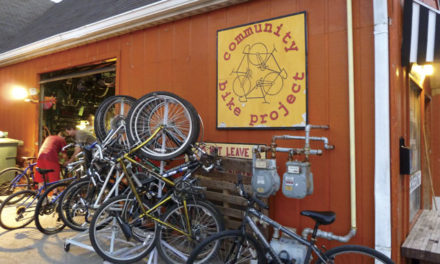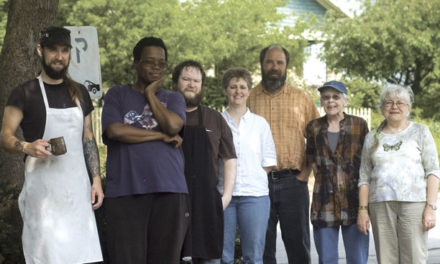
BY TRACY ZOLLINGER TURNER
Adria Nassim is a young woman with autism, cerebral palsy, and a learning disability. She is also a self-advocate with the Indiana Institute on Disability and Community (IIDC), a columnist with The Herald-Times, and a public speaker. And she knows all about the importance of school inclusion.
“I don’t think I would have come nearly as far as I have or made the significant gains I have made in life, if I had not been able to spend so much time with typical peers in the general education environment,” Nassim, 32, says.
Lack of inclusion is one of the challenges many young people with autism face in the general school population. A study conducted by the Indiana University Center on Education and Lifelong Learning (CELL) at the IIDC, found that students with disabilities, including those on the autism spectrum, do significantly better on Indiana state testing when they are included in general education classrooms instead of being separated into special education classes.
According to the Indiana Resource Center for Autism, the number of students diagnosed with ASD currently in the Indiana public school system is one in 68.
In 2015, Jim Ansaldo, a research scholar at CELL, and Lacy Alana, a licensed clinical social worker, co-founded Camp Yes And, a five-day summer improv camp for verbal teens ages 13 to 18 on the autism spectrum. Educating teachers is also part of the camp program.
Last October, CELL received funding from the John F. Kennedy Center for the Performing Arts that takes the practices developed for Camp Yes And directly to school corporations around the state.
The intensive workshops are designed to help teachers strengthen both academic and social/emotional learning in a classroom of diverse learners, but also to give “teachers a set of tools to build a classroom environment where kids can take risks and feel safe and supported,” Ansaldo says. “A lot of teachers feel confident with almost any student one-on-one, but when you have a diverse array of 25 students, that’s when it gets challenging.”







